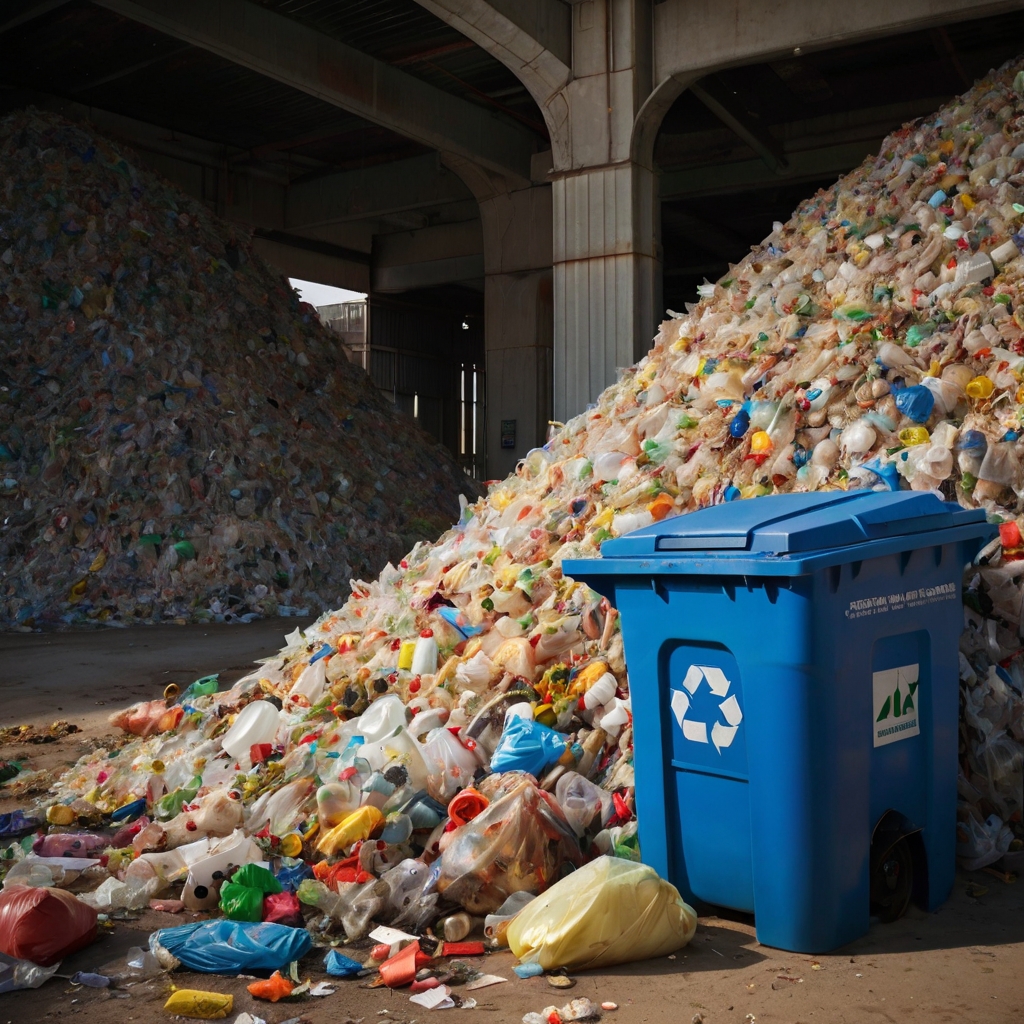As the world grapples with the escalating plastic waste crisis, the year 2024 presents a pivotal opportunity for innovation and progress in plastic waste management. With growing environmental concerns and heightened regulatory scrutiny, businesses, governments, and consumers are increasingly motivated to seek effective solutions. This shift opens the door to numerous opportunities across various sectors, making plastic waste management a key focus for sustainable development.
- Technological Innovations
The first major opportunity lies in technological advancements. As recycling technologies evolve, new methods are emerging that can significantly improve the efficiency of plastic waste management. For example, innovations in chemical recycling are enabling the conversion of plastic waste into high-quality raw materials, which can be reused to create new products. This technology not only increases recycling rates but also reduces the need for virgin plastic production. Companies investing in research and development in this area stand to gain a competitive advantage as the demand for recycled materials surges.
- Circular Economy Initiatives
The push towards a circular economy offers a wealth of opportunities for businesses. By redesigning products and processes to minimize waste and promote recyclability, companies can play a crucial role in reducing plastic pollution. Implementing circular practices—such as take-back programs and product-as-a-service models—allows businesses to retain ownership of materials and ensure they are recycled properly. This not only fosters sustainability but also creates new revenue streams. As consumers increasingly demand eco-friendly options, businesses that lead in circular economy initiatives can enhance their brand loyalty and market presence.
- Enhanced Regulatory Frameworks
The evolving regulatory landscape provides both challenges and opportunities. Governments worldwide are enacting stricter regulations on plastic usage and waste management, which is driving companies to adapt. Those that proactively comply with regulations and invest in sustainable practices can position themselves as industry leaders. Additionally, government incentives for sustainable waste management practices can support businesses in adopting new technologies and processes, making compliance a financially viable option.
- Consumer Engagement and Education
Increasing consumer awareness about the impact of plastic waste is another area ripe for opportunity. As more people become conscious of their environmental footprint, there is a growing demand for sustainable products and transparent supply chains. Businesses that engage with consumers through educational campaigns and sustainability initiatives can build strong relationships and enhance brand reputation. By promoting recycling programs and offering incentives for sustainable practices, companies can encourage responsible consumer behavior, ultimately contributing to a reduction in plastic waste.
- Collaboration Across Sectors
Finally, collaboration among stakeholders—governments, businesses, NGOs, and communities—will be essential for advancing plastic waste management efforts. Partnerships can drive innovation, share best practices, and leverage resources for more significant impact. By working together, stakeholders can create comprehensive strategies that address the entire lifecycle of plastic products, from production to disposal.
For More Info: – https://www.gmiresearch.com/report/plastic-waste-management-market/
Conclusion
In 2024, the opportunities in plastic waste management are vast and varied. As the urgency to tackle plastic pollution intensifies, those who embrace innovation, sustainability, and collaboration will be well-positioned to lead the way. By capitalizing on these opportunities, businesses can not only contribute to a healthier planet but also drive growth and success in an increasingly eco-conscious market. The time to act is now, and the path forward is filled with potential for a sustainable future.
